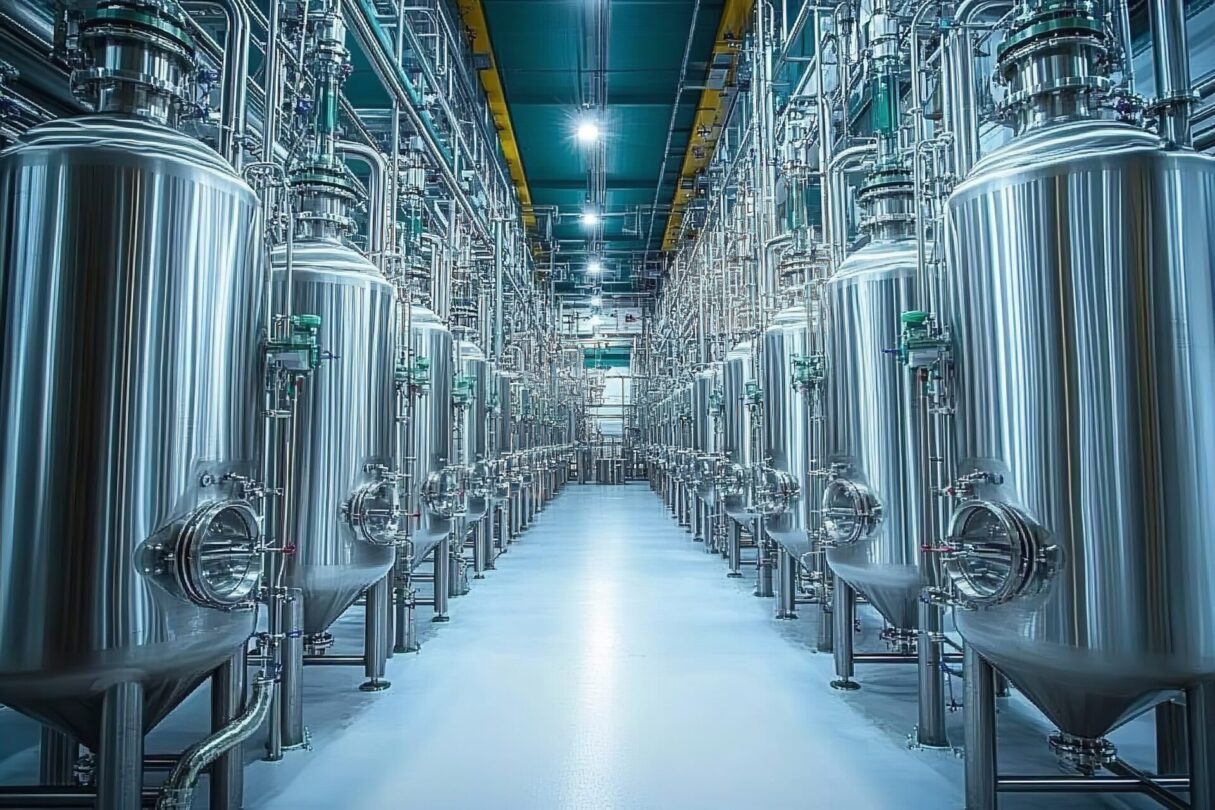
If there’s one thing that has been repeatedly proven true in the life sciences industry, it’s that automation drives success. After all, automation leads to repeatability, fewer mistakes, higher safety, and faster outcomes. This high success rate for automation in life sciences is one of the key reasons many people are talking about the potential for self-driving labs, where human activity is elevated to a supervisory role and most of the routine activities are performed by robots and automation.
Realistically, we’re not there yet. But, as Michalle Adkins explores in her recent article in Pharmaceutical Processing World, anticipating and preparing for fully-automated facilities—especially in the process development (PD) lab—has significant value. If manufacturers, automation suppliers, and OEMs work together, they can catalyze that innovation, not only moving more quickly toward autonomous operations, but also delivering valuable technologies and eliminating bottlenecks along the way.
PD brings complex challenges
It all starts with the state of PD today,
“Today’s facilities typically use a myriad of different stand-alone instruments and lab equipment, often with little or no connectivity to higher-level systems. Some equipment must be loaded into an autoclave, sterilized, and set up again in the lab, while other equipment must be set up with single use components for each experimental run. Additionally, for each experiment and system, the parameters in these disconnected systems must be manually set before the run, and the resulting data must be manually collected during or after the run.”
Those challenges present significant complications to automation. Today, they likely cannot be fully automated. To change that, we need to start moving away from manual design of experiment (DOE) and record keeping. PD involves many parameters, and today, someone must go to each piece of equipment during PD and manually enter (and record) those parameters. Then, when the experiment is done, the equally manual process of collecting results—often with a USB drive—continues to add time to the process.
A key part of the solution is making that data more mobile, and that means seamless connectivity. That’s exactly what automation suppliers are working on,
“Today, automation suppliers are developing the next-generation flexible distributed control system (DCS) with increased scalability, and with improved connectivity layers between equipment and control, to help drive increased data mobility. In addition, they are continually evolving flexible workflow management systems, process knowledge management software, and contextualized data aggregation solutions to help teams move data with context in either direction during DOE.”
That next-generation, flexible control system is the primary goal of Emerson’s Project Beyond—a software-defined enterprise operations platform that seamlessly connects technology via a comprehensive data fabric to eliminate data silos and unlock autonomous operations. That platform will also include other critical technologies like DeltaV™ PKM, DeltaV™ MES, and other flexible workflow management solutions to help teams move data with context during DOE.
But it’s not just the automation suppliers who can make autonomous operations happen. OEM suppliers also play a critical role—developing equipment that is designed to more easily connect to a centralized system and move data seamlessly during PD.
“Forward-thinking OEMs understand this issue and are continually innovating to develop benchtop equipment that can be more easily integrated into DCS solutions.”
As biopharmaceutical organizations consider the equipment they will use at any stage in their treatment development pipeline, they can future-proof their investments by choosing options designed to integrate seamlessly with best-in-class automation technologies.
“While that seamless connectivity may not be essential today, it will save a lot of time and effort for increased throughput and lab expansions.”
Forward-thinking companies are preparing for success
Even if fully autonomous PD labs still feel a bit like science fiction, the truth is we are well on our way to many of the technologies that will make them possible. Software-defined control, advanced data fabrics, more flexible equipment, AI, and more are all converging to deliver technologies that the world could only dream about just a decade ago.
What does that mean for today’s manufacturers? It means it’s time to get on board. Maybe that means modernizing the software and infrastructure that support your operations. Or perhaps it involves working more closely with automation suppliers and OEMs in the future to ensure their solutions meet your long-term goals. Either way, today is the day to start preparing for a more automated future.

